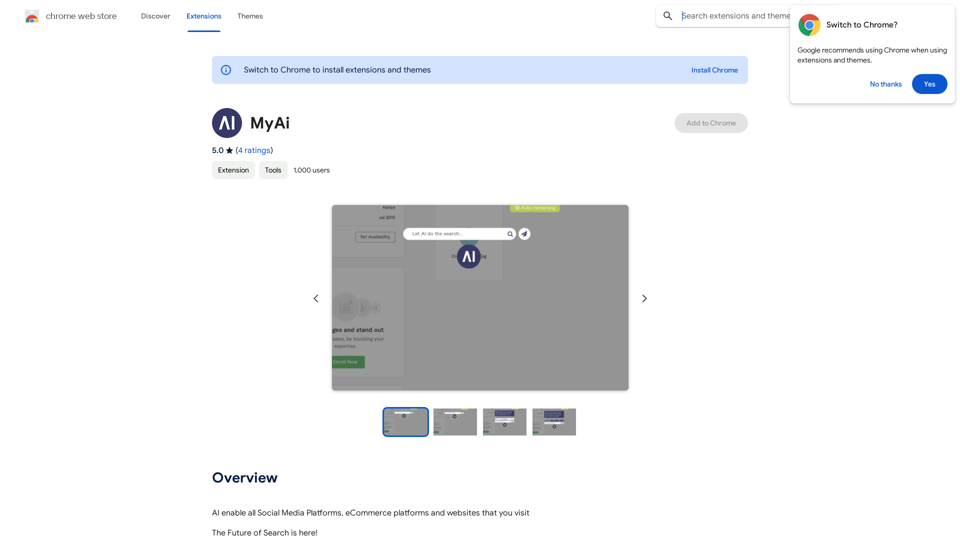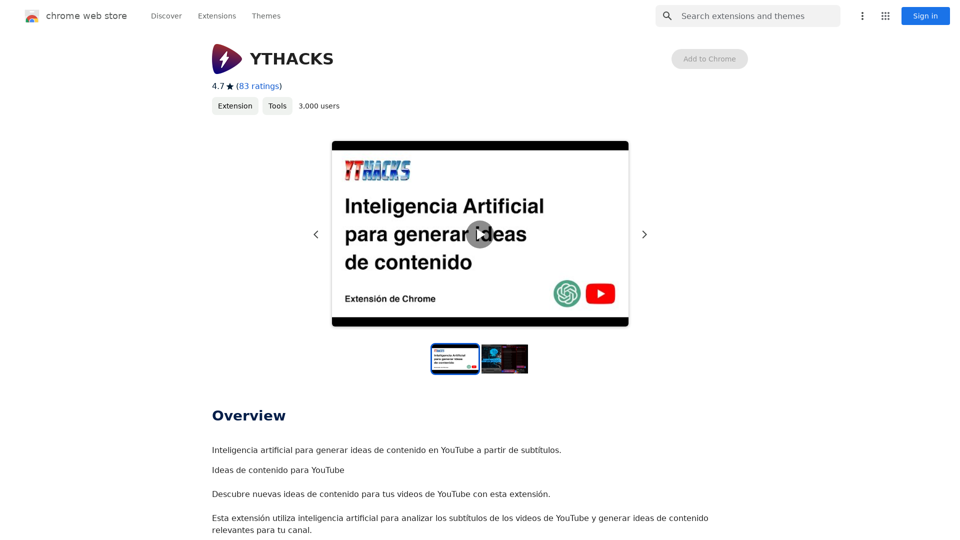WriteText.ai is a versatile browser extension designed to enhance text editing and content creation on web pages. It offers an AI-powered content writer, text editing tools, bookmark search functionality, and a highlighter feature. This free tool caters to content creators, writers, and marketers, providing an efficient solution for generating and refining text across various web platforms.
WriteText.ai
WriteText.ai Page Review
WriteText.ai is an AI-powered writing assistant that helps you generate different creative text formats, like poems, code, scripts, musical pieces, email, letters, etc.
It's designed to be user-friendly and accessible to everyone, regardless of their writing experience.
Here's a breakdown of its key features and benefits:
* Multiple Text Formats: WriteText.ai can generate a variety of text formats, including poems, code, scripts, musical pieces, emails, letters, and more. This versatility makes it a valuable tool for writers, developers, and anyone who needs to create different types of content.
* User-Friendly Interface: The platform boasts a clean and intuitive interface that is easy to navigate, even for beginners.
* AI-Powered Generation: WriteText.ai leverages the power of artificial intelligence to generate high-quality text.
The AI model is trained on a massive dataset of text and code, allowing it to produce creative and coherent outputs.
* Customization Options: Users can customize their text generation by providing specific instructions, keywords, or examples. This level of control ensures that the generated text meets their exact needs.
* Fast and Efficient: WriteText.ai is designed to be fast and efficient, generating text quickly and accurately. This saves users time and effort, allowing them to focus on other aspects of their work.
Overall, WriteText.ai is a powerful and versatile AI writing assistant that can be a valuable tool for a wide range of users. Its user-friendly interface, multiple text format options, and AI-powered generation make it a compelling choice for anyone looking to enhance their writing process.
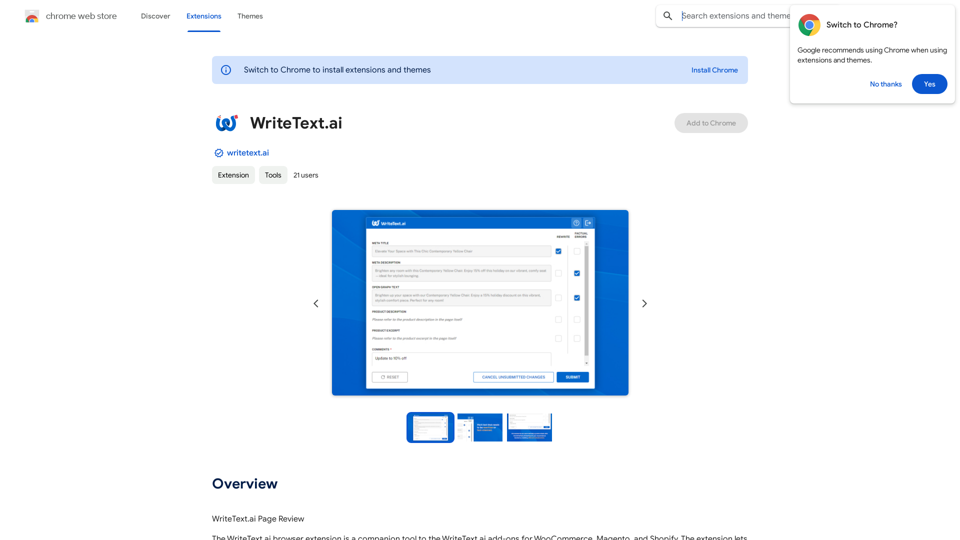
Introduction
Feature
AI-Powered Content Writer
WriteText.ai's advanced AI technology enables users to generate high-quality text effortlessly. This feature is particularly beneficial for content creators, writers, and marketers looking to streamline their content production process.
Text Editing and Rewriting Tools
The extension offers a comprehensive suite of text editing and rewriting tools, including:
- Search and replace functionality
- Easy web page editor
- Text change capabilities
These tools allow users to refine and optimize their content directly on web pages.
Bookmark Search
Users can efficiently search and organize their favorite web pages using the bookmark search feature. This functionality enhances productivity by allowing quick access to relevant saved content.
Highlighter with Note-Taking
The highlighter feature enables users to:
- Mark important text on web pages
- Add notes to highlighted sections
- Revisit webpages to view highlighted text and saved notes
This feature aids in information retention and organization during web browsing sessions.
Free to Use
WriteText.ai is completely free, with no subscription fees or hidden costs. Users can access all features immediately upon installation of the browser extension.
FAQ
How do I start using WriteText.ai?
To begin using WriteText.ai:
- Install the browser extension
- Navigate to any web page
- Start using the tools to edit, rewrite, or generate text as needed
What are the primary features of WriteText.ai?
WriteText.ai offers four main features:
- AI-powered content writer
- Text editing and rewriting tools
- Bookmark search functionality
- Highlighter with note-taking capabilities
Is WriteText.ai compatible with all browsers?
The provided information doesn't specify browser compatibility. It's recommended to check the official WriteText.ai website or extension store for supported browsers.
Can WriteText.ai be used for collaborative work?
The given information doesn't mention collaborative features. WriteText.ai appears to be primarily designed for individual use on personal devices.
Latest Traffic Insights
Monthly Visits
193.90 M
Bounce Rate
56.27%
Pages Per Visit
2.71
Time on Site(s)
115.91
Global Rank
-
Country Rank
-
Recent Visits
Traffic Sources
- Social Media:0.48%
- Paid Referrals:0.55%
- Email:0.15%
- Referrals:12.81%
- Search Engines:16.21%
- Direct:69.81%
Related Websites
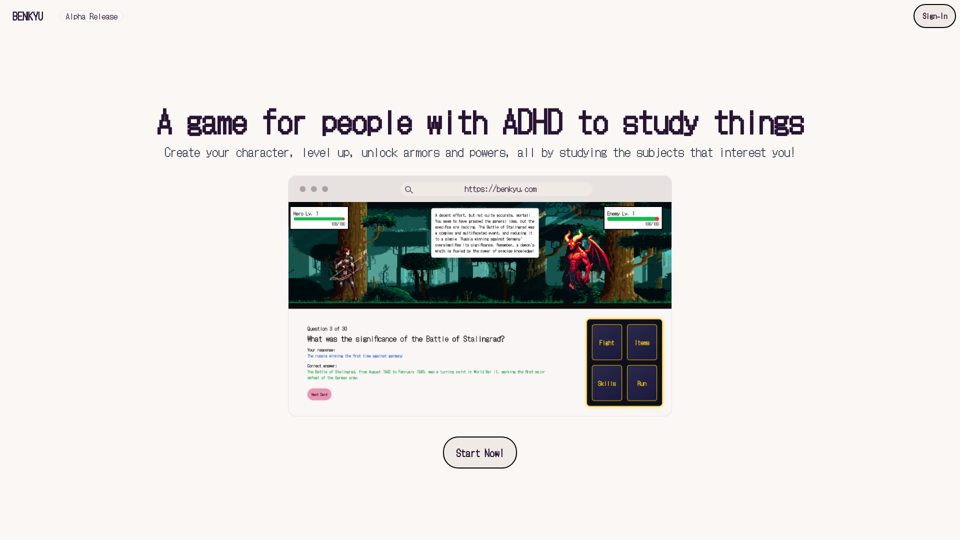
A Learning Game for Individuals with ADHD This innovative game is specifically designed for individuals with Attention Deficit Hyperactivity Disorder (ADHD) to make learning an engaging and enjoyable experience.
0

FLUX Fill: Advanced AI Solution for Image Inpainting and Outpainting
FLUX Fill: Advanced AI Solution for Image Inpainting and OutpaintingFLUX Fill provides professional-quality AI image inpainting and outpainting. Change your images with smooth edits and natural extensions.
664
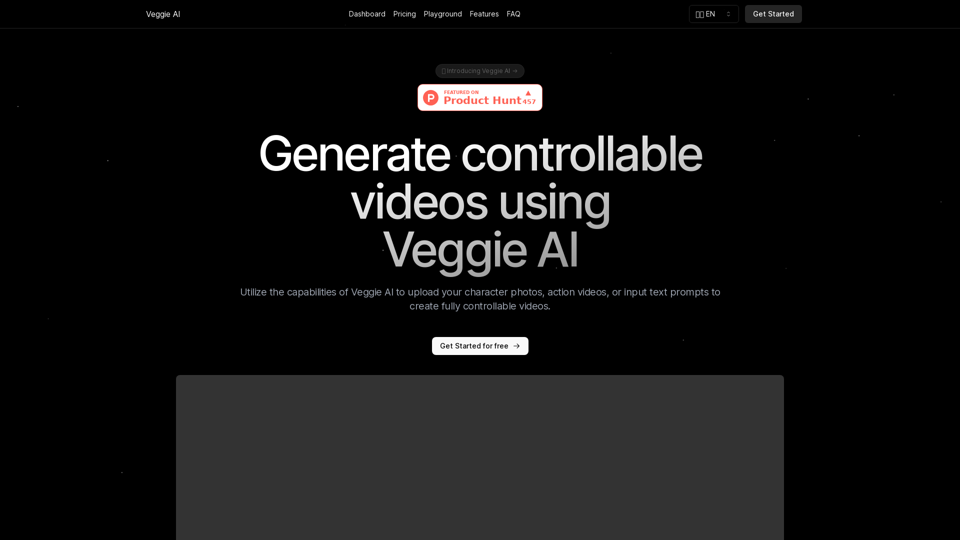
Create fully controllable videos using Veggie AI by simply uploading your character photos, action videos, or inputting text prompts.
7.03 K

Meet Dating Photo AI - the only tool that helps you increase your dating profile matches by making you look like the best version of yourself. By applying the latest AI techniques, we make you get the matches that you deserve.
831
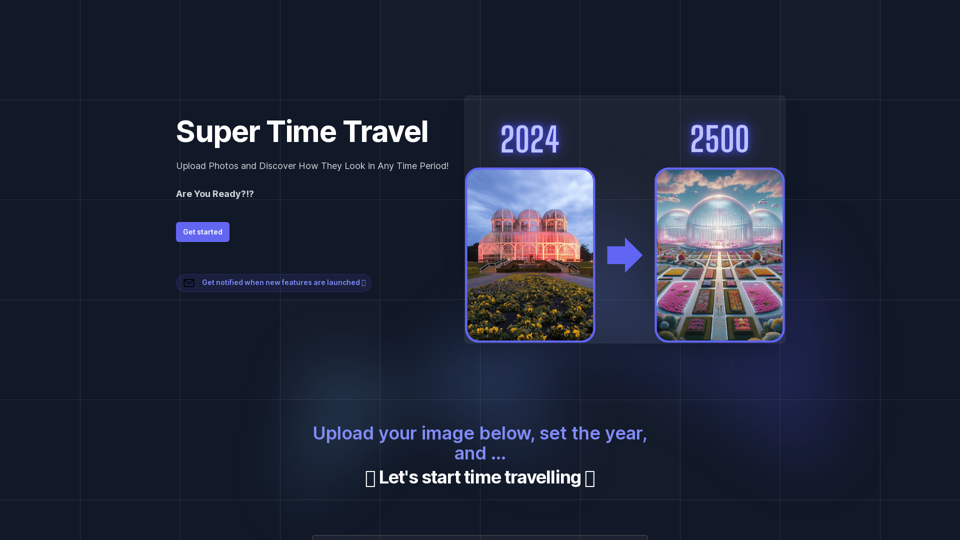
Super Time Travel - Explore the Past... and the Future
Super Time Travel - Explore the Past... and the FutureSuper Time Travel lets you upload your photos and see them transformed to any past or future year. Experience your images as they would appear in any historical era or future setting with the magic of AI.
0
